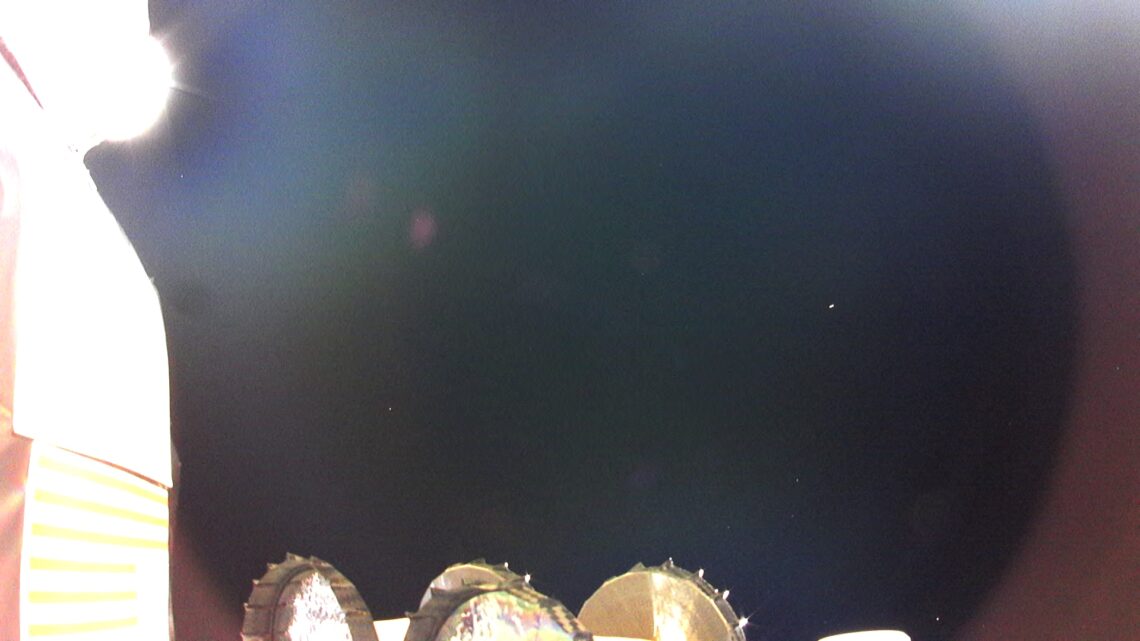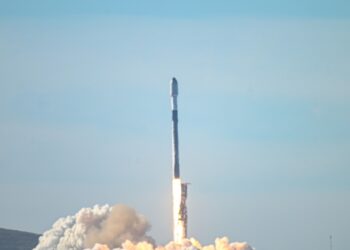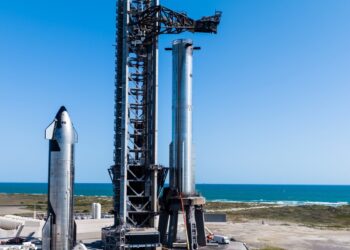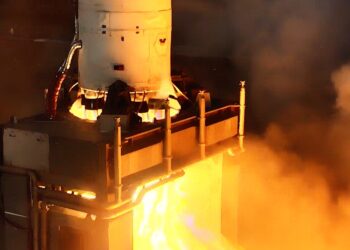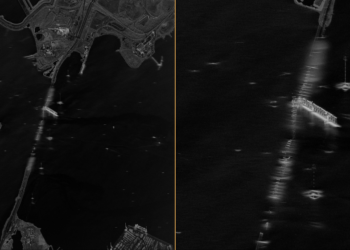NEW ORLEANS — Astrobotic, which is working to squeeze as much life as possible out of its crippled Peregrine lunar lander, says it has obtained data from many of the payloads on the spacecraft.
The company said Jan. 11 that it provided power to, and received data from, nine of the 20 payloads on the lander. They include four NASA science experiments included on the lander as part of Commercial Lunar Payload Services (CLPS) program: the LETS radiation instrument and the NIRVSS, NSS and PITMS spectrometers. The fifth, a laser retroreflector, is passive and does not have power or data requirements.
A NASA technology demonstration payload, the Navigation Dopplar Lidar, is also powered up and generating data. Other payloads that are active and generating data include the IRIS lunar rover from Carnegie Mellon University, the COLMENA micro-rovers from Mexico’s space agency AEM, the M-42 radiation detector from German aerospace center DLR and Astrobotic’s own Optical Precision Autonomous Landing sensor.
A tenth payload, the Lunar Dream Time Capsule from Japan’s Astroscale and Pocari Sweat, is powered up but does not generate data. The other payloads on Peregrine are passive.
“These payloads have now been able to prove operational capability in space and payload teams are analyzing the impact of this development now,” the company said in a statement. “We are proud of the mission team for achieving this incredible feat under such challenging circumstances.”
Those challenging circumstances involve a propellant leak that started after initialization of the lander’s propulsion system shortly after its Jan. 8 launch on the first United Launch Alliance Vulcan Centaur. That leak caused attitude control problems for the spacecraft and ruled out any chance of attempting a soft landing on the moon in February as originally planned.
In a Jan. 9 update, Astrobotic said its current hypothesis for the propellant link involved a valve in a…
Read the full article here

